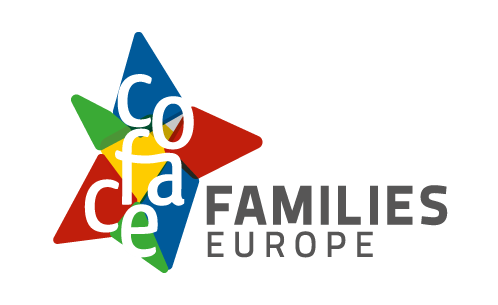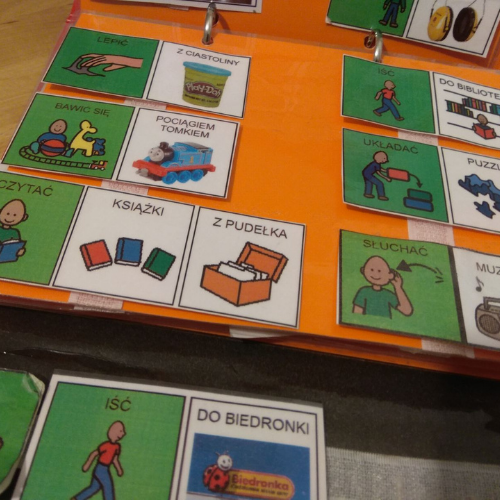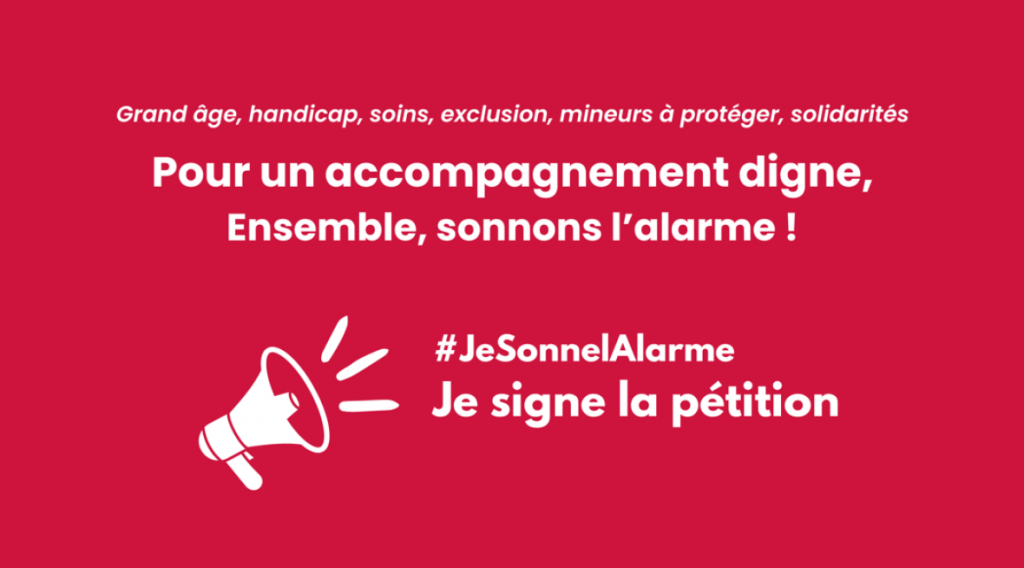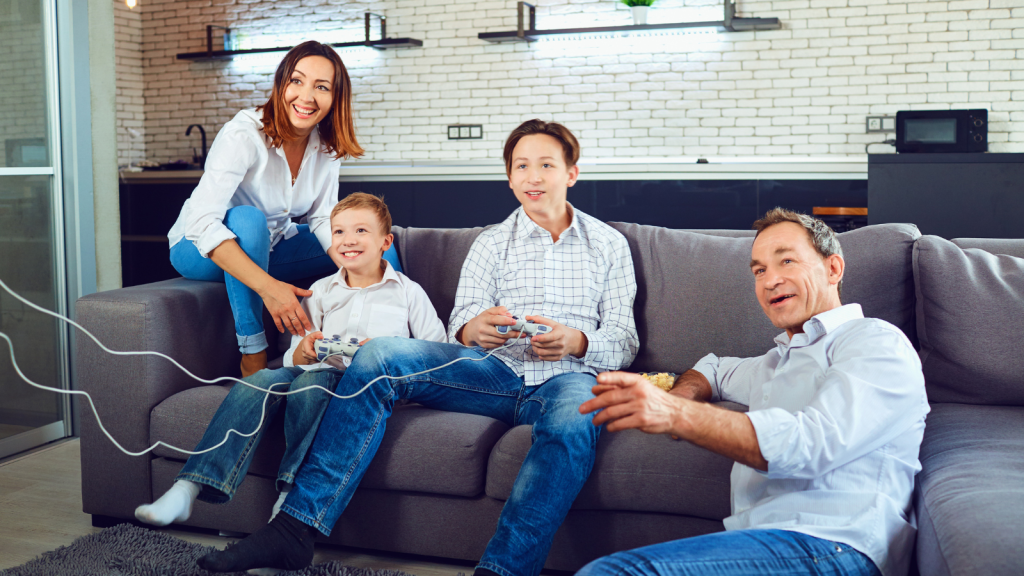A think piece on being a sister to an amazingly wonderful little brother with nonverbal autism
Children on the autism spectrum may find it difficult to communicate with other people. Some children may have rich vocabularies and be able to talk about things they are passionate about in a lecture-like manner. Others, however, may either develop some speech or not be able to speak at all. In this opinion piece, the author focuses not only on her personal reflections but also the methods that can be used with those autistic children who have very limited verbal abilities and are not able to communicate using spoken language.
“Days will contain moments of loving the person your sibling is and others with hate for the way autism has affected them.” [1] I remember how excruciatingly painful it felt having read that, and I’m not saying this because I want you to feel sorry for me or my family, but because it felt so relatable that I simply couldn’t hold back my tears. I can’t even tell you how often I’ve felt ashamed of myself for being angry with the fact that my little brother has been diagnosed with autism – a disorder that one sunny spring day decided on how the whole family would function.
When others learn I have an autistic brother, it’s typically one of these two scenarios: they either immediately start to put on a sympathy face, trying to imagine how hard it can be to raise a diseased child without having any clue about what autism really is, or they picture my brother as one of those on the spectrum they’ve seen either in movies, TV series, or on different talent shows. Well, the first scenario is never true simply because autism is NOT a disease, it cannot be cured, and it’s something my brother will always live with. As to the second one, let’s just say it’s much too far away from what is really the case in my family.
Just like non-autistic people, those with autism are all very different and are affected by autism to varying degrees. In other words, autism is a spectrum disorder and impacts people affected by it in different ways. Even though they all experience difficulties with social skills, speech and nonverbal communication, as well as repetitive and restrictive behaviors, it’s the severity of symptoms, the level of support they may need, and how early developmental delays are detected and intervention begins that determine how independent and fulfilling their life will be. [2]
Many children with autism spectrum disorder (ASD) develop some speech and language skills, but the way they use them is generally very unusual or even awkward and quite often don’t serve any communication need. Aspergians [3], who are commonly considered to be high-functioning autistic children and adults [4] (meaning their IQ level is either normal or above-average), are the most “talkative” and “verbally-gifted” individuals on the autism spectrum. It’s them who we’re much more likely to be acquainted with from the broadcast media. [5] It’s also the media (Rain Man to be the first one in the line) that’s made the majority of us think that all people with ASD display exceptional talents. [6] But, this isn’t really accurate. Autistic savantism is a real thing, but only 10-30% of those on the spectrum show remarkable abilities or skills in, for example, memory, music, or calculation. [7]
Some children with ASD may never develop spoken language, and that’s when augmentative and alternative communication (AAC) methods come in. Both aided and unaided AAC systems are considered, and often a combination of these two types is introduced into the support plan of a child with autism.
Unaided AAC systems include gestures, body language, facial expressions, vocalizations, and sign language:
- Makaton is a communication program that uses manual signs and/or graphic symbols, always accompanied by speech, to help children with communication difficulties and/or learning disabilities develop functional communication skills and facilitate the comprehension of what is being said. A short introductory video on a few simple Makaton signs and symbols can be found here.
Aided AAC systems involve the use of a tool or device, and can be either low-tech or high-tech:
- low-tech AAC aids include all forms and types of visual supports (e.g. pictures, photos, objects, written words, and short videos) that aim at increasing autistic children’s understanding of what is being said and expected from them [8]:
- Picture Communication Symbols (PCS) are pictures that are mainly created with the Boardmaker software program and are generally used for daily schedules, routine strips, choice and first-then boards, as well as the visuals for the PECS program.
- Picture Exchange Communication System (PECS) is a multi-stage communication program that is commonly used with ASD children who have little or no functional speech to teach them how to make requests, comments, and answer questions through picture & object exchanges. More on PECS and its phases you’ll find here.
- high-tech AAC aids include speech-generating devices (SGDs), also known as voice output communication aids (VOCAs), that have become popular electronic AAC options for nonverbal or minimally verbal children and adults on the spectrum. Learn more about SGDs for autistic children here.
It’s amazing how much has already been done to help those who are not able to speak finally gain their voice. My parents have always wondered how one of their children can be like a babbling brook, while the other one needs to put so much effort into getting a simple “yes” out. But autism, unfortunately, hasn’t only taken away my brother’s speech, it’s also caged him in intense fear of every day’s unpredictability and made him oversensitive to sounds, touch, and tastes. Because of this, massaging his facial muscles [9] and using the “manual sound generation” method [10], which is fairly popular in Poland, to help him start vocalizing were absolute torture for both my little brother and my mom who was waiting for him outside the speech-language therapy room every Monday after preschool, with the therapy lasting for almost 8 months. So yes, being a nonverbal child is difficult enough, but being a nonverbal autistic child is a whole different challenge.
My brother’s autism has definitely set up lots of challenges for both my family and him. But it has also taught us so much that we might never have learned otherwise. Though not able to use spoken language himself, my brother showed us how careful we need to be with what we’re saying. By simplifying our language and avoiding beating around the bush, we learned how to say things we actually mean to say, without putting any double meaning in the words we’re using. He taught us how to keep our word; otherwise, you can easily lose the trust you’ve been trying to gain for years, and he’ll start to withdraw into himself even more. He showed us that even though children are naturally dependent on their more developed and mature parents and adult relatives, they still deserve the same level of respect and should not be treated as adults’ subordinates – every single time we want to communicate something to him we kneel or squat down to talk to him on his eye level, teaching him how to make eye contact along the way. As he’s become an expert in “reading” our moods, we’ve been learning how to quickly turn our negative feelings and emotions into something more positive to prevent him from having an emotional, sometimes aggressive or self-aggressive, meltdown.
Yet I think the most important thing he’s ever taught us is that even though some people might not be able to speak, and it may sometimes seem as if they don’t even understand what you’re saying, it should never mean they don’t get you, nor should it ever mean they have nothing to say. They have. We just need to learn to listen differently!
Author’s note: In this opinion piece, “autistic” and “a person/people with autism” are used interchangeably with “a person/people with ASD” and “a person/people on the (autism) spectrum.”
__________________________________________________________________________________
**DISCLAIMER: All opinions in this article reflect the views of the author, not of COFACE Families Europe**
About the author:
Yuliya Veselska/Юлія Весельська, Disability and Inclusion Intern at COFACE Families Europe. Her B.A. thesis is dedicated to the case study of her brother – a child with autism. She has also written a graduate paper on the special educational needs of autistic children. The author holds a master’s degree in English Studies from the Jagiellonian University, a bachelor’s degree in Polish Studies from Adam Mickiewicz University, and a graduate certificate in Teaching Qualifications and Pedagogical Preparation from Joseph Dietl Malopolska Higher Vocational School.
Footnotes:
[1] 8 Things I’ve Learned Having a Brother With Autism. Link: https://www.autismspeaks.org/blog/8-things-ive-learned-having-brother-autism.
[2] More on treatments and interventions here: https://www.autismspeaks.org/treatments-autism.
[3] Children and adults with Asperger’s syndrome.
[4] Read more about the difference between Asperger’s syndrome and high-functioning autism here: http://www.tonyattwood.com.au/books-by-tony-m/resource-papers/69-is-there-a-difference-between-aspergers-syndrome-and-high-functioning-autism.
[5] Some examples: Adam (2009 movie, Adam Raki), Temple Grandin (2010 movie, Temple – animal scientist), Dear John (2010 movie, Mr. Tyree – coin collector), My Name Is Khan (2010 movie, Rizwan Khan), Extremely Loud & Incredibly Close (2011 movie, Oskar Schell – “Sixth Borough’s clue hunter”), Atypical (TV series 2017-present, Sam – Antarctica and penguin lover), Susan Boyle (Britain’s Got Talent 2008–2009, singer).
[6] Examples: Rain Man (1988 movie, Raymond – “mental calculator”), X+Y/A Brilliant Young Mind (2014 movie, Nathan Ellis – math prodigy), The Good Doctor (TV series 2017-present, Shaun Murphy – young surgeon), Kodi Lee (America’s Got Talent 2019, singer), Daniel Tammet (author of Born on a Blue Day, 2006).
[7] More on savant skills and autism here: https://www.agnesian.com/blog/giftedness-and-autism-savant-skill-fact-sheet.
[8] Read more about visual supports here: https://www.autismspeaks.org/sites/default/files/2018-08/Visual%20Supports%20Tool%20Kit.pdf.
[9] Link to a video: https://www.youtube.com/watch?v=CO8yEzXuifY.
[10] Manualne Torowanie Głosek (MTG) by Elżbieta Wianecka. Links to videos: https://www.youtube.com/watch?v=HgtpZzGBTXk, https://fb.watch/2rqBrwjp7_/.
Useful resources:
1. National Institute on Deafness and Other Communication Disorders (NIDCD), Autism Spectrum Disorder: Communication Problems in Children. Link: https://www.nidcd.nih.gov/health/autism-spectrum-disorder-communication-problems-children.
2. American Speech-Language-Hearing Association (ASHA), Augmentative and Alternative Communication (AAC). Link: https://www.asha.org/public/speech/disorders/AAC/.
Movies worth watching:
Hors norms/The Specials (2019), France. Trailer: https://www.youtube.com/watch?v=gRLC6syOqDE.
«АУ»/AH OO (2019), Ukraine. Trailer: https://www.youtube.com/watch?v=dQ_yq3Ygge4. Documentary.
«Антон тут рядом»/Anton’s Right Here (2012), Russia. Trailers: https://www.youtube.com/watch?v=fZqsPJZ6n4s & https://www.youtube.com/watch?v=k-9TJOwZ5Bk (with subs). Documentary.





